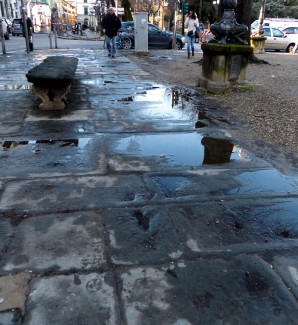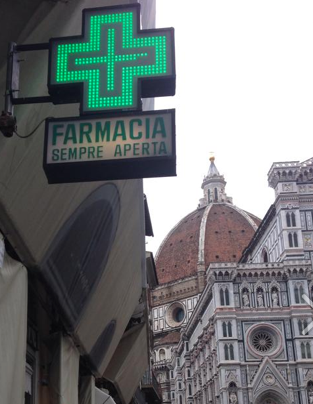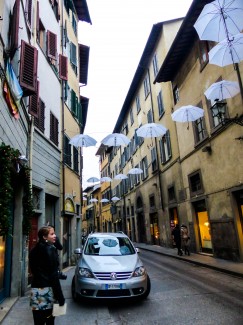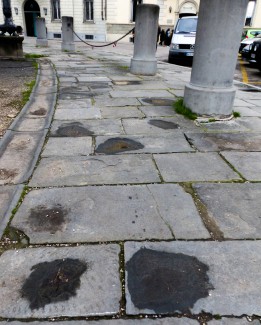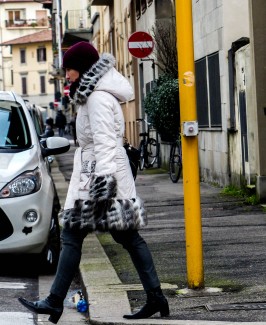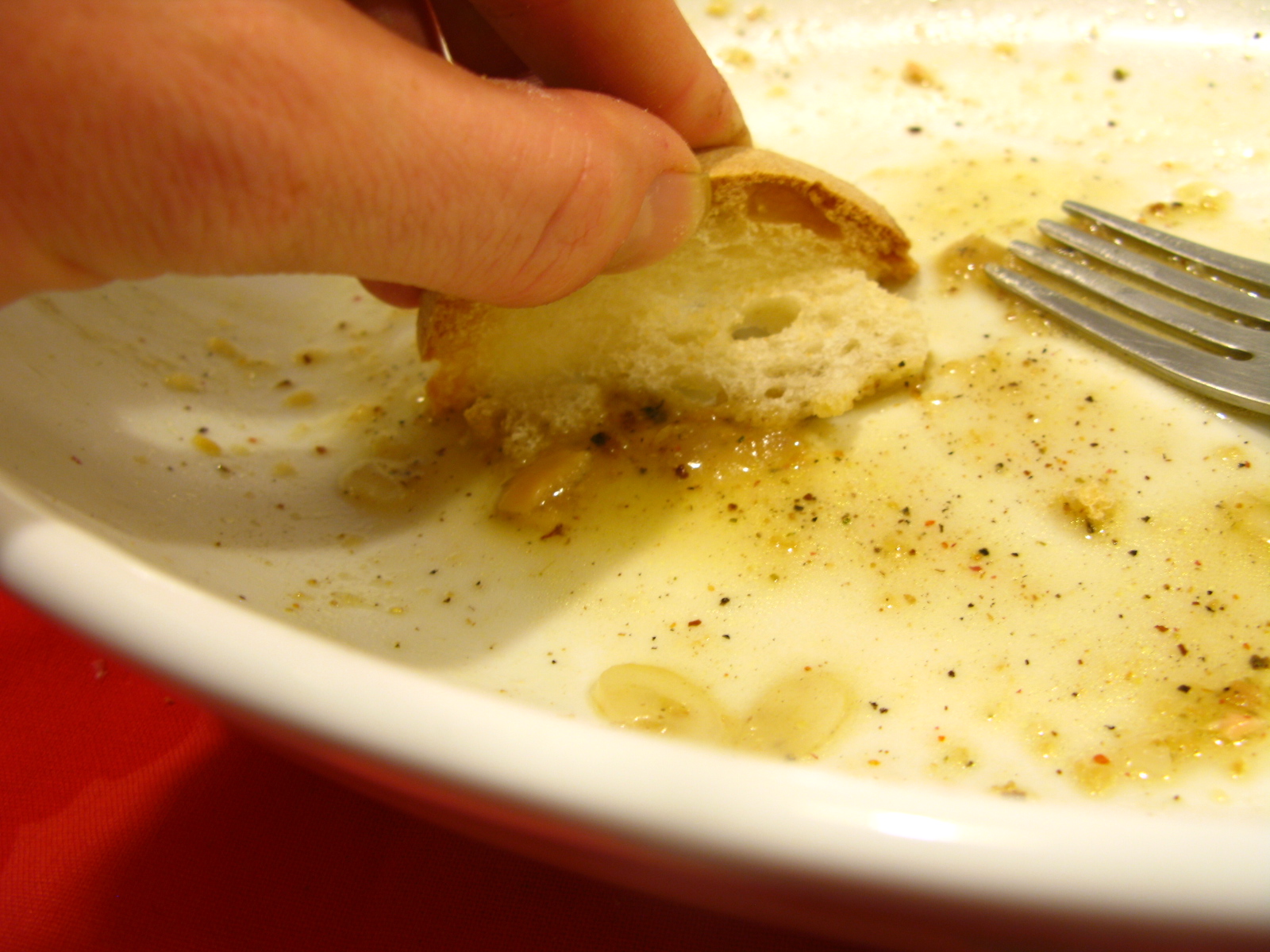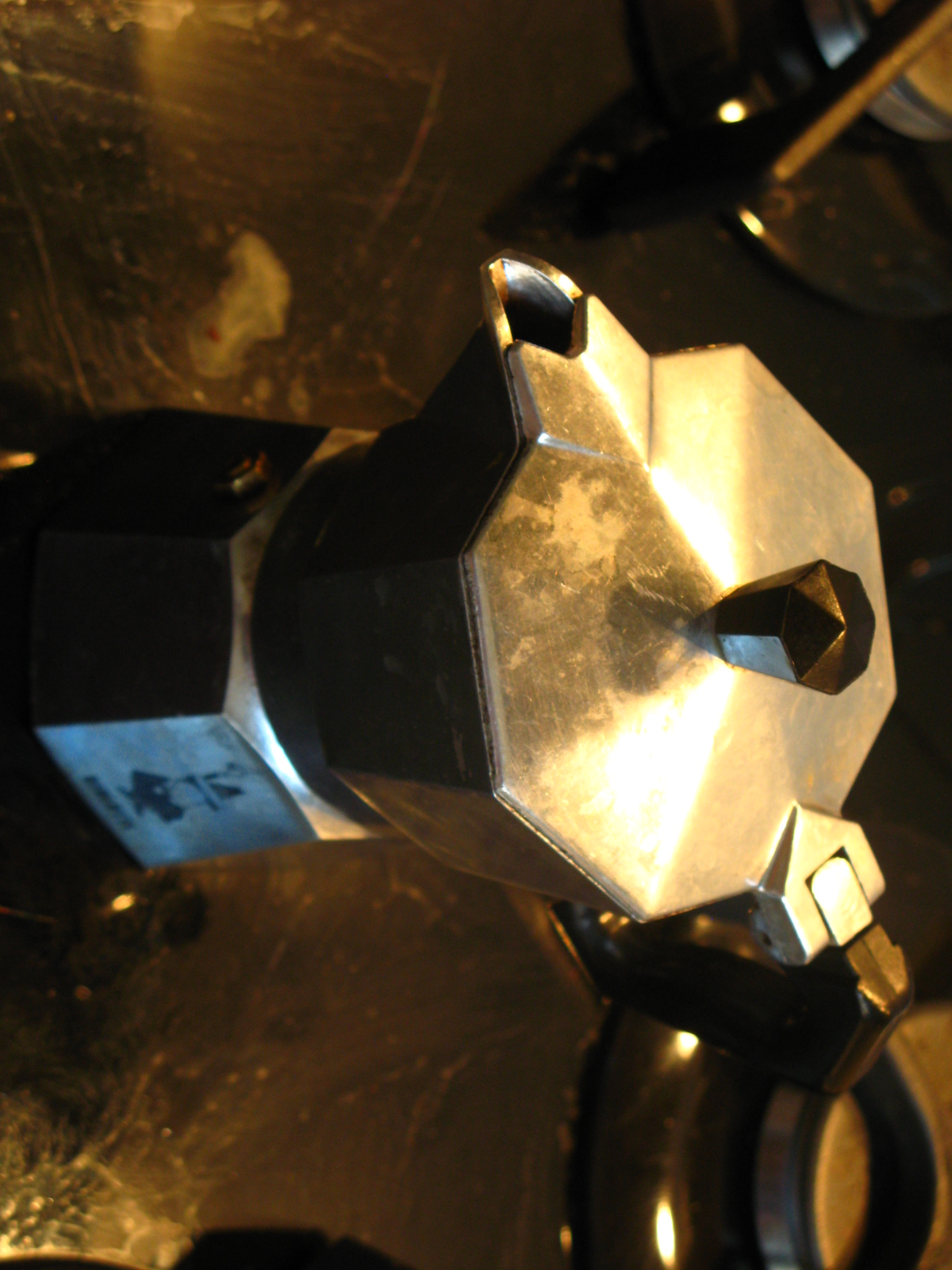Living in Italy as american or studying abroad in Italy can bring on the frustrating moments, like, “Ugh, I wish I would have brought that with me.” or “Ugh, I miss being able to do [this really awesome thing that isn’t freaking here].” It can be tough (not that tough because, c’mon, you’re in ITALY), but, don’t worry; we’ve found the solutions and Italian alternatives for products not available in italian to what you miss about the American homeland.
Showers that stay warm
When you first are moving to Florence Italy and want to take a shower It’s usually either 10 minutes of warm water or a 15-minute freezing/burning water combo, especially in Florentine student apartments. Solution: Take shorter showers. If you’re a guy, this isn’t that hard. If you’re a girl, try using the bidet (that sink-shaped thing next your toilet) to lather up and shave your legs in before or after showering. Pack baby powder or dry shampoo to limit how often you have to wash your hair; most Italian girls wash theirs every three days, with daily short showers in between.

Propping your leg up on here is actually easier than shaving in the shower, too! The option to drive when it’s downpouring
Fall, winter, and spring in Florence can be very wet. Solution: If you have the space, pack an umbrella, rain coat and a pair of (semi-) waterproof shoes that you can wear in any kind of weather. Otherwise, rain boots in Florence cost about €10-€20 at the Mercato Centrale (central market), and wandering street vendors are always selling umbrellas and ponchos for €3-€8 when the weather is down in the dumps. *Tip: Go for the large-size umbrella as it will protect your legs and shoes from getting wet. Moreover, the quality of the smaller-size street-sold umbrellas is horrible, and you’ll basically have to buy a new one every time it rains.

Caution: puddles may be deeper then they appear. Thanks, cobblestones! Simple trips to CVS/Walgreens when you’re sick
Here, it’s about a 20-minute game of charades and hoping they gave you the right stuff at a pharmacy, which is usually closed during lunchtime and not open past 7 p.m. Solution: Pack some over-the-counter products that you are used to taking when you get sick (Nyquil, Dayquil, Modistat, Tylenol products not available in Italy), and if you do have to make a trip to the pharmacy, make sure it’s to a 24-hour location. Every major city has at least one, where ringing the doorbell gets you service after 23:00. (In Florence, there’s one in Piazza Duomo and another at the Santa Maria Novella train station.) *Tip: You can find Italian equivalents to all American medicines that work just as well, but getting U.S. prescriptions filled here can be tricky/impossible. Make sure to bring enough of any prescribed medicines for the duration of your stay, or know that you’ll have to pay to see a doctor here (€15-€45) and get an Italian prescription.

The pharmacy sign you want to find. “Sempre Aperta” = “Always Open” Being able to walk side-by-side with friends on the sidewalk
Italian historical city center sidewalks are only wide enough for one person, if that. So most stroll single file or walk in the street. Solution: Make note of pedestrian-only streets, which are usually also the city’s prettiest, and try to go that route when possible (Florence is full of them now, thanks to Mayor Matteo Renzi). Roads closed to traffic are also quieter and wider, so you can actually enjoy a conversation. Taking high-traffic streets may be more direct, but arriving a few minutes earlier isn’t worth introducing frustration into your new, laid-back Italian lifestyle.

The sidewalks are small, but not small enough that Italian drivers won’t park on them! Being able to look up while walking
Five words: cobblestones, dog poop, pot holes. Solution: Don’t bring your nicest shoes, or flip-flops, to Italian study abroad. Guys: bring a nice pair of loafers for warmer months and short boots for fall/winter. Ladies: DO NOT BRING A BUNCH OF HEELS! First off, Italians in Florence don’t dress up like in Milan or Rome, so you won’t feel silly wearing boots or flats to a club or nice dinner. Secondly, with the amount of walking you’re going to endure, heels are not the right choice unless you’re taking a cab or toting them along in your purse to change into before you go inside. Trying to spend the day or night stilettos means looking generally wobbly and unattractive at best, and falling at worst. And I don’t think a hospital is on your list of sites to see. Ballerina flats for warm weather, and any kind of boot for colder months, are your Italian go-to footwear. If you have to bring heels, bring one pair of thick ones, or better yet, grab some wedges.

“Step on a crack, break your mothers back.” Step on these cracks, break your OWN back! (If you’re in heels.) Dressing for the weather, not the season
Even when it hits 55-60 degrees in February, fur coats, scarves that cover your face, boots, and gloves are still standard attire. Italians dress for the winter season, not the weather, and don’t mind making those who don’t feel particularly uncomfortable with their stares. Solution: If you want to blend in without sweating to death in the colder months, dress in layers. Start with a light long-sleeved t-shirt, then a sweater/cardigan, light/heavy jacket, and short/high boots. This way you’re free to take off and add on according to the extremely variable wintertime weather, without ever exposing the forearms or ankles that make Italians cringe. *Tip: Italians dress fairly conservative in the summer. The temperature may be pushing 80, but everyone’s walking around in long pants and light jackets; and those who aren’t – especially the ladies – are getting lots of extra “attention” from passersby. Italian-ize your warm-weather look by covering up and staying cool. Linen shirts and pants are great for guys, while girls can try breezy maxi-skirts, flowing floor-length dresses, and cotton scarves to cover shoulders and low necklines.
Automatic air circulation at home
Most Italian apartments, and practically all student apartments, have central heating (radiators programmed to turn on and off at specific times by the building owner) and no AC (if you’re lucky, you might have a wall-mounted electric unit). Without air vents, your place can feel super stuffy at times. Solution: Open your windows for 10 minutes in the morning before you leave to allow the fresh air to come and circulate through. Even though it may feel too cold/hot to do so, it will make a big difference in the way your apartment smells and prevent disgusting (and super-unhealthy) mold from forming in your bathroom.
Coffee to go
Getting drinks “to-go” runs contrary to the slow-life Italian culture, and many places simply don’t have paper cups, even if you ask. Solution: Bring a travel mug with you. You can make tea or coffee at home (which will also save you money), or hand it over at the cafe with the request to make your drink inside.




